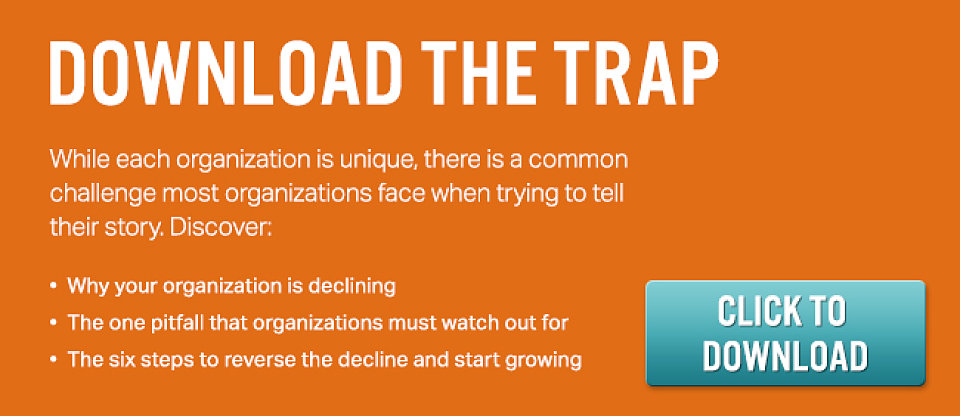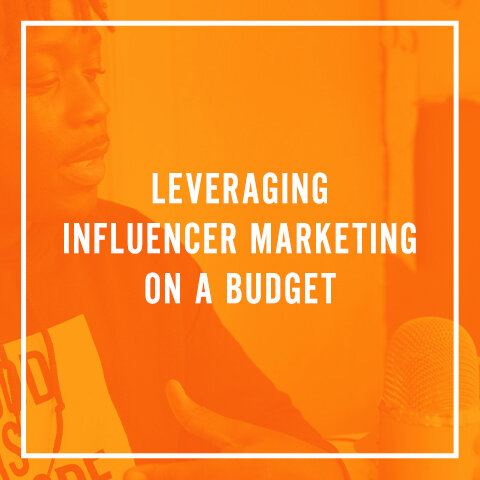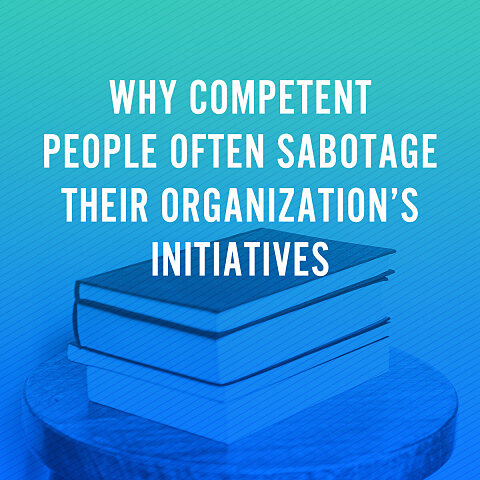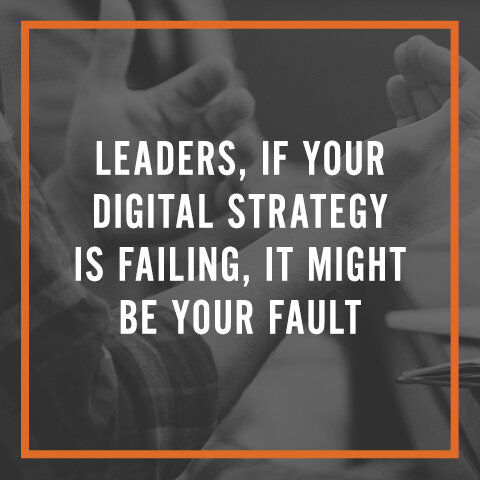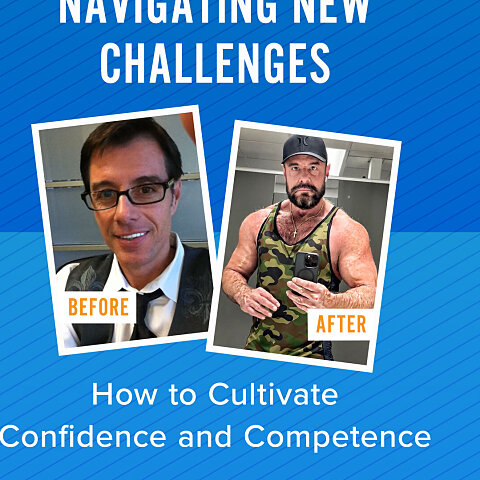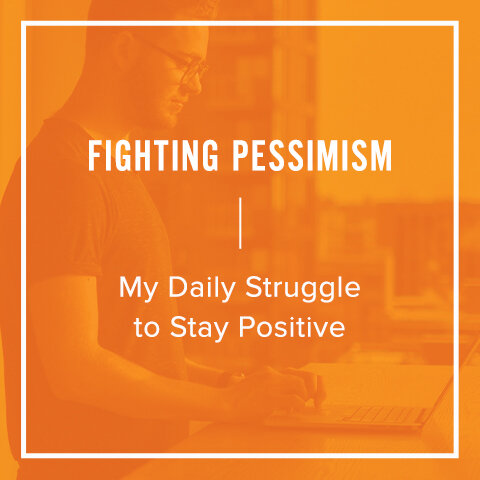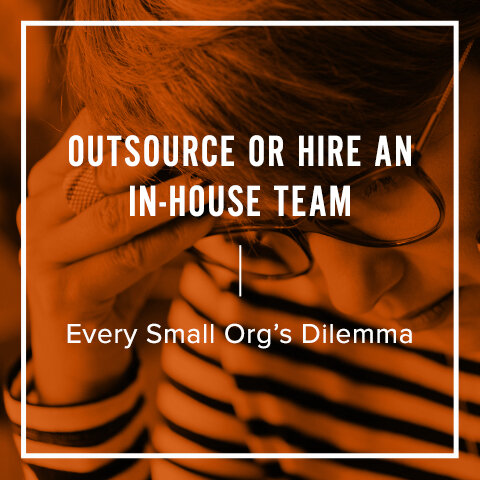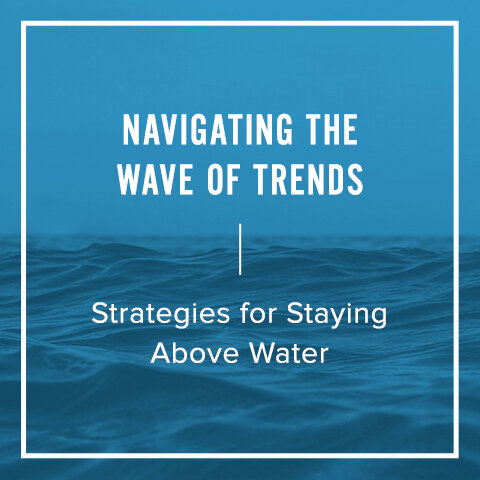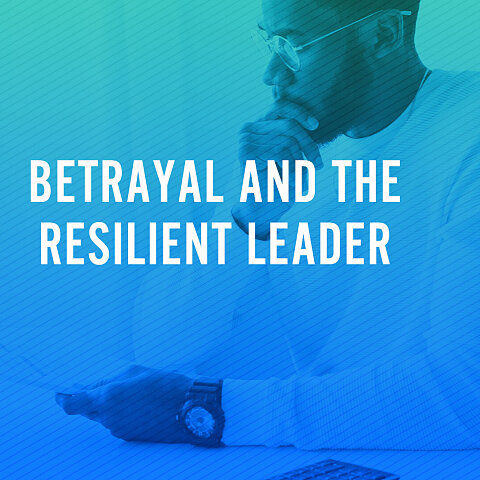Can You Change Someone's Worldview in Just Three Steps?
By Michael Robison
Whether you realize it or not, as a missions-based organization, you’re in the business of trying to change people’s worldviews.
It’s a strong statement, I know… but think about it. If you’re a humanitarian organization, you’re trying to change people’s sense of normal, get them to understand the gravity of a situation and move them to help – which requires a shift in how they value and spend their money. If you’re an evangelical organization, you might be trying to help people evaluate their spiritual views and begin to understand God. And if you’re an advocacy organization, you’re directly trying to change people’s views – to convince them to take a certain stance on an issue, to take action, to change not just views but policies.
Pretty heavy stuff, right? Put that way, it might even make your mission seem downright impossible. After all, we know worldviews have some pretty deep roots. Contrary to misguided efforts, no amount of rhetoric, preaching, arguing or efforts to convince is going to cause someone to turn away from the core belief system that defines their world and guides their lives.
So we have to ask ourselves: can we truly change someone’s worldview?
I believe you can – in a matter of minutes. But before you start outlining your dissertation, know the ingredients are simple and the process is profound. The key is having a working knowledge of multiple perspectives and ideals, and if you are studious, diligent and observant, you can do it too.
Here’s how:
1. Start by validating their current worldview or perspective.
If you come out of the gate with guns blazing, others will immediately become defensive. Before challenging what someone believes, you have to validate the truth that lies in their belief system – and even more so, validate the fact that what they believe matters.
For example, lets say we were having a conversation about the Syrian refugee crisis. I want to help you understand what it really looks like, the number of people displaced, the way this is impacting the lives of real people, just like you and me. If I told you that most of the people I met in refugee camps were of European descent and wore clothes from H&M, you’d probably look at me with a bit of skepticism. So instead, I’d probably start out by showing you pictures from my recent trip to Lebanon of people who mirror what you see on the news. I’d validate what you think you know about Syria and earn your trust as someone who is knowledgeable about the topic.
2. Offer up possibilities.
Next, give alternatives to what a person thinks or sees. Allow them to begin to think about another perspective. You might not even have to say exactly what that new perspective is, but you can introduce information that might get them to question their own certainty of belief.
In our conversation about the Syrian refugee crisis, I might ask you “have you ever thought about the fact that there are more similarities between their culture and ours than we might realize?” I might cite a few examples of Christians I met there or people whose families traced their ancestors back to Western Europe. I won’t tell you that you have to believe this is true – I just introduce a new idea to the conversation.
3. Present a new reality.
Finally, give proof or evidence that an opposing or new view is possible and true. Here is where I would show you pictures from Lebanon of little kids with light skin and American clothes. I’d tell you stories of their parents who were doctors, professors, lawyers but suddenly had their entire lives completely uprooted. I’d show you video of them living in tents and trying to survive. Suddenly, these people might start to sound a lot like you. Their stories will hit close to home. And you might be moved to take action.
Still, you never try to tell someone what to believe, but use story and real life experiences to express the truth that exists beyond a perceived reality. When you approach a conversation this way, you give a person knowledge and guide them through the process of forming a new worldview on their own, rather than trying to win an argument.
As storytellers, understanding this process is critical for true impact. In marketing, if we just blast messages at people, we can’t expect true results that come from the heart. Sure, we might be able to make someone feel an emotion and move them to a one-time action out of guilt, but they’re not going to be bought into our mission or our “why”; they’re not going to become long-term supporters. But when we tell stories that begin to shift worldviews, we change people at the core – and begin to change the world.
It all might sound a little manipulative or like we think we have all the answers, but that is never the intent. It’s about challenging misconceptions and helping people truly understand their world. It’s about genuine dialog that helps both parties share experiences and broaden their minds. And it’s about hope. Now you can offer hope in the midst of despair.
Now you can enable and empower people to make a change and leave the world a better place. It really is simple. But, it takes knowledge, experience and understanding. It takes grace, unconditional love and freedom. The end result is a better world, and those of us crazy enough to believe we can change it may find out one day we have had an impact. That's my hope.
Do you need more tools to start telling your story more powerfully to your audience? Contact us today to see how we can partner together to help you achieve your goals and grow your impact.


